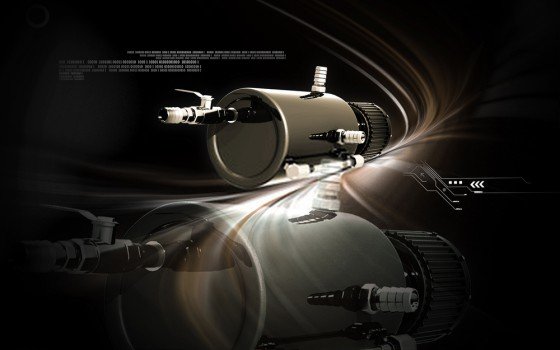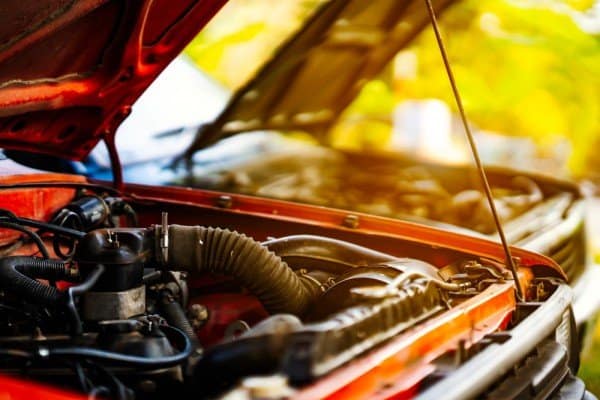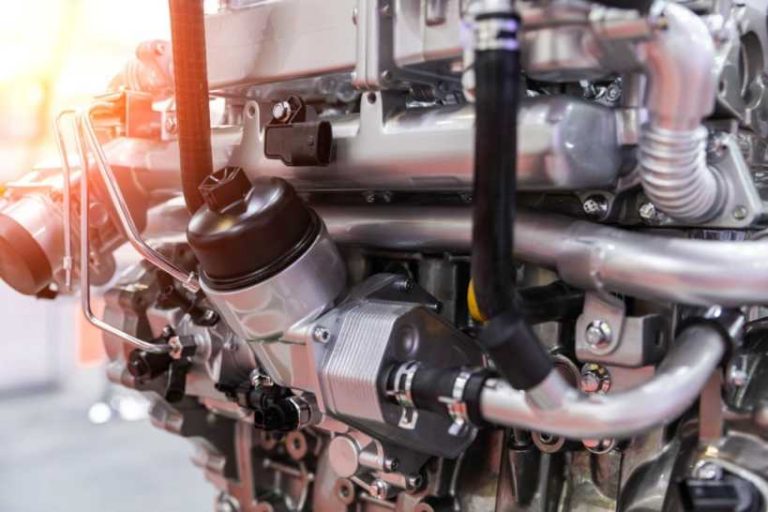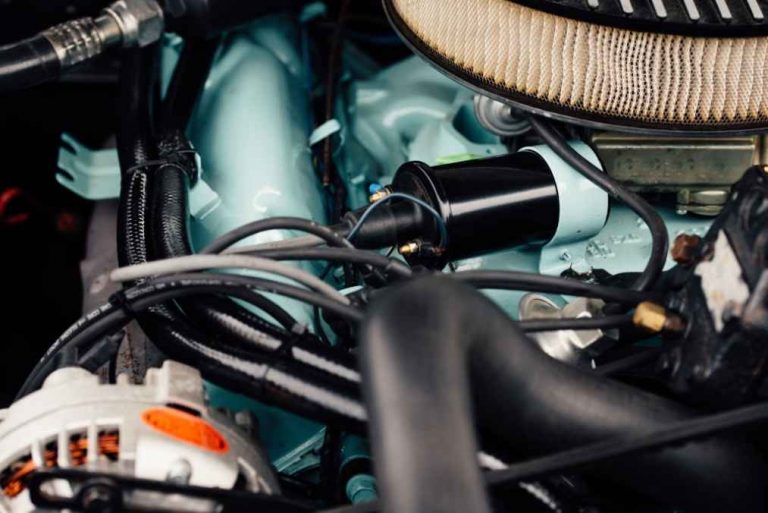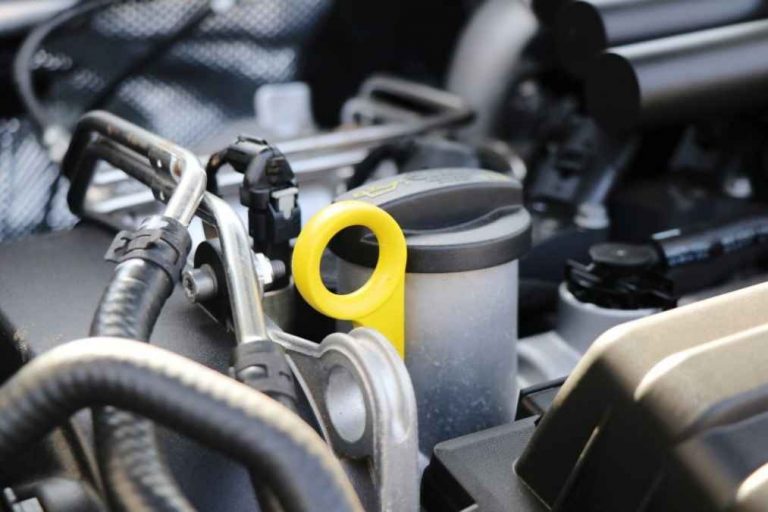So, you let the car cool for some time because it overheated and you even take out the cap of its radiator to make sure the flow of water is smooth; however, instead of seeing a water flow, you now see white foam in your radiator!
What could’ve caused this mess? And what should you do when there’s foam in the radiator?
Well, to begin with, leftover chemicals and airlocks can cause foaming in the radiator. And yes, the foaming of the radiator is a problem! But you shouldn’t necessarily worry as we’re here for you! In this article, we will talk about what causes this issue in the first place and instructions on how to fix it. Furthermore, there’s also an FAQ section at the end of the article that’ll help clear most of the extra questions someone would have.
Enough talk, let’s jump right in.
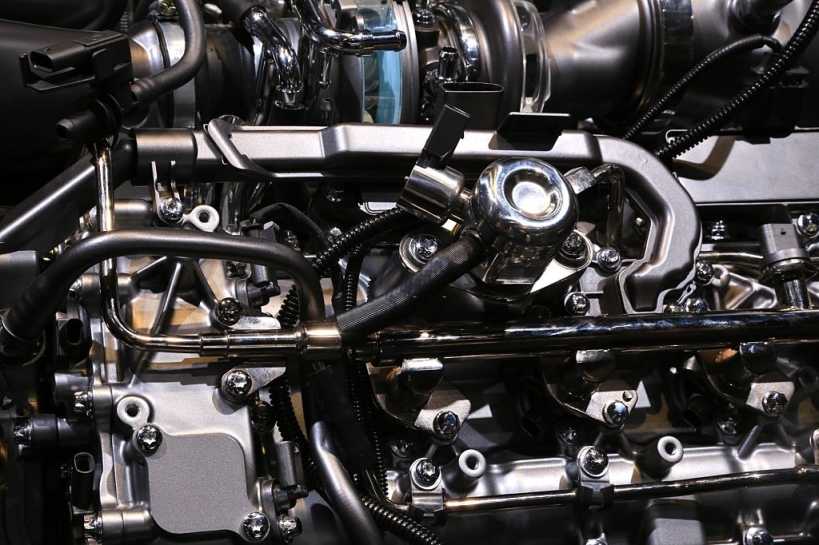
What Causes Foam in Radiator Reservoir?
How can you identify the different factors behind the foaming of the radiator? Is it the engine oil or is it a bad head gasket? Whatever the case is, if you are familiar with the various factors, you can take early precautions.
So, without further ado, let’s look at some of the factors that contribute to this problem:
Cooling System Corrosion
Every now and then, if you have a bad concentration of coolant with the corrosion, it could cause a problem in the radiator. This means that if you add in a new coolant, it’ll still mix along the corrosions of the cooling system.
Hence, you need to make sure that you flush the system plenty of times until you see clear water. Otherwise, no matter how much new coolant you put in, it’ll still mix with the corrosion. And this will cause foam in the radiator coolant.
Worn Out Chemicals
When you purchase a coolant from the market, you might notice that it has an anti-foaming property in them. But still, how would that lead to foaming on the radiator?
Well, if the chemicals are worn out, they won’t work properly. Similarly, if the coolant’s foaming particles are worn out, it’ll contribute to foam in radiator water.
Less Concentrated Coolants
Yes, you heard it right. It’s important to have a good concentration of coolant. But why is it so?
If you have less concentrated coolants, they’ll boil the water. As a result, the boiling water will cause bubbles to form. This will eventually lead to foaminess in the radiator.
A Blown Up Head Gasket
Around 40% of the time, a blown-up head gasket is the main reason for foams inside the radiator. If your gasket is blown up, it’ll cause a ton of problems. It might even cause leakage of gasses inside the coolant system as well.
Replacing a gasket can be an expensive option to look into. But, if that’s an issue, you’ll have to eventually change or repair it.
Leakage Of Combustion Gas
Yes, it’s true that combustion gasses too can leak into the coolant system. This could also cause the foams inside the radiator. But how can you be sure if there is any leakage happening?
You can identify whether there’s a leakage in the radiator by following these simple steps:
- Start the engine. But, make sure it’s cold and not heated
- Remove the fan-belt of the engine. Also, make sure it’s not wrapped with a crank pulley.
- Afterward remove the radiator cap.
- Fill it up with enough water
- Make sure that the amount of water you’re putting in is causing it to reach the surface.
- Now, throttle the engine several times. And keep an eye out on the water of the radiator.
- Watch the radiator’s top. If the water on the top has bubbles forming in them, it means combustion gas is leaking.
- As you’ve removed the fan-belt before, the only way bubbles can form is through a combustion leak.
Apart from this, make sure that you’ve removed the thermostat of the upper hose before starting this test. Not all cars have a thermostat in them, but if your car has one, remove it.
– Other Factors
By now, you should know that head gaskets and worn-out chemicals are the main reasons behind the foaming of the radiator. But wait there’s more.
Sometimes, even airlocks and old antifreeze can cause foams to build up in the radiator. If someone puts washer fluid in the reservoir of anti-freeze, it could also cause white foams.
Most of the time people don’t even realize these factors and change other factors that don’t even contribute.
But then again, if you have a bad radiator it can still cause your radiator to foam. How is it you may ask?
Well, a bad radiator cap means it’ll allow air to pass inside your radiator. As a result, the air getting inside will cause foam in the radiator to overflow.
How To Fix A Radiator With Foam
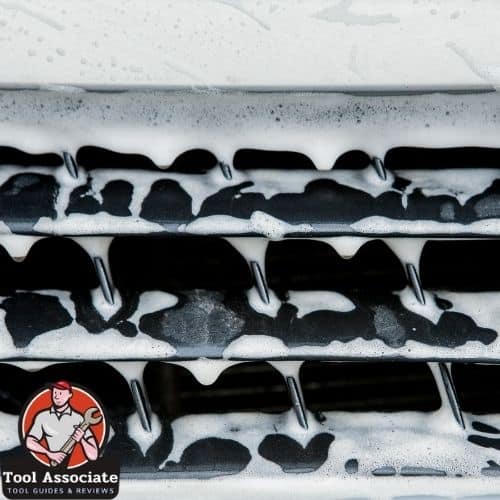
So, you’ve learned about all the factors that contribute to the foaming of the radiator by now. But, don’t worry. Just because your radiator has foams and bubbles in it doesn’t mean it’s the end of the world.
In fact, you can fix this issue quite easily by following some simple methods. That being said, let’s look at what preparations you’ll need before tackling the issue.
Tools
Yes, you’ll require some tools for the job. However, all of these tools are readily available and affordable. You can easily purchase them online or from your local store at convenient prices. Let’s take a look at the tools you’ll need:
- Protective Gloves (Link from Amazon)
- Goggles (Link from Amazon)
- Cleaner (Link from Amazon)
- Funnel (Link from Amazon)
- T-shirt / Paper Towel (Link from Amazon)
- Fresh Coolant (Link from Amazon)
- Distilled Water (Link from Amazon)
After you’re done gathering the tools, let’s look at the various methods that we’ve prepared for you:
Method 1: Blown Up Gasket Repair
As you already know, around 40% of the time, a blown-up gasket causes the foams inside a radiator. That being said, let’s look at the steps you should take to solve this issue:
Step 1: Firstly Check the Engine Oil & Radiator Cap
Before trying to fix the gasket, check the engine oil and the radiator cap. This is because you’ll need to be sure if the upper or backward hose is causing the problem.
If you check the dipstick and there’s no moisture in them, your oil has no foam formed in them. Similarly, if you check the radiator cap and it’s dry then there’s no white foam in radiator coolant.
Step 2: Scrape or Wipe off the Impurities of the Blown Part
You’ll notice that there are impurities like oil formed inside the gasket. These parts essentially contribute to the leakage of gas in the gasket even though they might look like rust, you can wipe them off easily.
Use a tiny bit of cleaner and clean it. However, don’t overdo it. Also, never put any kind of bandage or other materials to wipe off the particles.
Method 2: Getting Air Out Of The Radiator
By now, you should know that if there’s air inside your radiator, it might contribute to foam forming as well. So, it’s important that you get all the air out of the radiator, and here’s how you do it:
Step 1: Put the Funnel Attached to a T-shirt
First, put a funnel on the radiator cap and attach a t-shirt to it. The t-shirt mostly catches all the dirt and debris.
After that, pour in fresh coolant through the funnel into the radiator cap.
Step 2: Start the Car
After you are done with the previous step, start the engine of your car. By doing this, you’ll know whether the air is coming out of the radiators. The air comes out in the form of bubbles so you could easily spot that.
Step 3: Close the Cap
Finally, the air will come out of the radiator cap. But wait, before you end the process, close the cap tightly so that no more air will enter the insides of the radiator.
Method 3: Clearing the Cooling Air System
The air system needs to be cleared. This is because the system gets mixed with corrosion to form foams inside the radiator. Even if you put a new coolant inside the radiator, it’ll still get mixed with the corrosion.
If you want to get rid of the foam in the radiator, then pay attention.
So, let’s clear the cooling system by following the steps below:
Step 1: Start the Engine
First, turn on your car by starting the engines. Keep the engines on and go towards the front. You’ll see bubbles in the radiators.
Step 2: Keep the Engine On & Notice the Air Bubbles
After you keep the engine on for some time, you’ll notice the air bubbles working their way up on the radiators.
Step 3: Flush and Refill in Fresh Coolant
By pouring in fresh coolant in and out, the bubbles will start to form in the radiator. Also, keep the engine on and the bubbles will eventually come out themselves.
Thus, by pouring in a fresh new coolant, you’re eliminating the tiniest bit of rust or impurities in the radiator. This method is also referred to as the radiator flush. However, make sure to check if there’s no heat after the coolant flush.
Frequently Asked Questions
What does it mean when your coolant is foamy?
If your coolant is foamy it indicates that your engine is hitting the combustion cycle and it’s heating up to make the coolant.
Is it worth fixing a broken gasket?
Yes, it’s important that you repair and fix the broken gasket if you don’t want to replace it.
Wrapping Up
That’s all we have for you on this post. Hopefully, by reading this article, you’ll now know what to do when there’s foam in the radiator.
At the end of the day, make sure the radiator caps are tight and you’re not using worn-out chemicals. So, why don’t you try out some of these methods for yourself? Good Luck!

